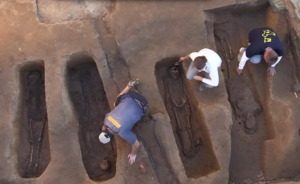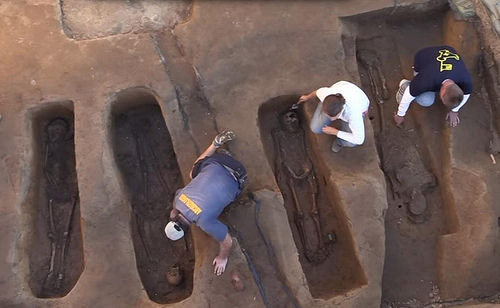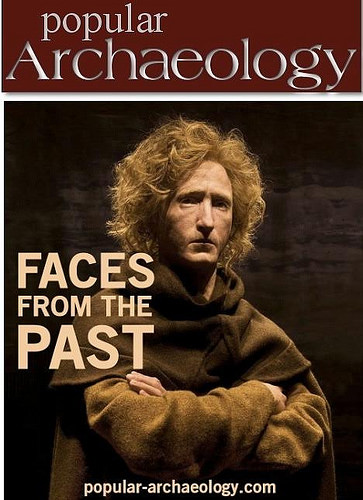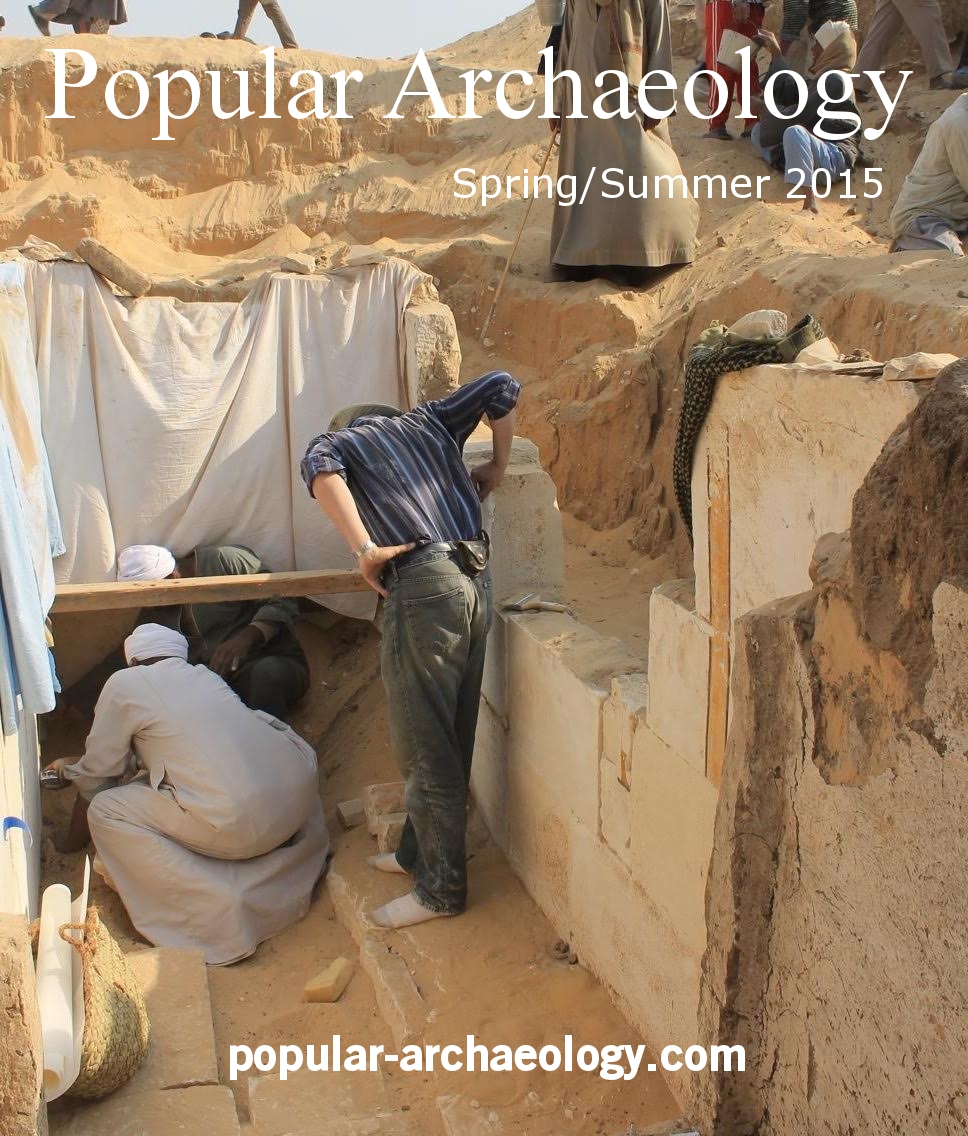
It stands no more, but the first chapel ever to be built on the North American continent by early English settlers has its successor in a newly reconstructed rendition placed at the very spot where the original church stood within the historic James Fort at the Jamestown site, Virginia, over 400 years ago—and now, a recently installed cedar railing reconstruction frames the space within the church where four famous founders of Jamestown were buried.
Says Dave Givens, Senior Staff Archaeologist with the Jamestown Rediscovery project, the reconstructed cedar railing was designed to replicate as much as reasonably possible the original cedar railing that stood at the spot beginning in 1608. Archaeology and historic documents have served to inform the builders of the railing, just as they informed the builders regarding the mud-and-stud partial reconstruction of the original church ‘footprint’ detected by the archaeological excavations.
Secretary of the Jamestown colony William Strachey is recorded to have described the church, containing the chancel railing where Pocahontas and English tobacco grower John Rolfe presumably married in 1614, as having “a chancel in it of cedar”.
The recently excavated church ‘footprint’ dimensions and location matched those described for it in the historical record. Moreover, four burials uncovered in the chancel space provided further evidence of the ecclesiastical significance of the space. The skeletal remains within those burial spaces were identified as likely belonging to Robert Hunt, the first minister at Jamestown; Sir Ferdinando Wainman, the first English knight buried in North America; Captain Gabriel Archer; and Captain William West, a relative of Lord De La Warr. (See the videos below) Burials of high status or important community members were often traditionally buried in the chancel spaces of churches during those times.
___________________________________________
Excavation of the chancel burials at the James Fort site in historic Jamestown, Virginia. (Screenshot from YouTube video, see below)
___________________________________________
As the new reconstructions are designed to demarcate and represent the same construction that existed at the spot beginning in 1608, Jamestown Rediscovery archaeologists hope that they will afford the visiting public an authentically accurate experience for visualizing the place where so much history took place in the earliest years of English colonization of North America.
For more information about the discoveries at Jamestown, go the Jamestown Rediscovery project website.
_________________________________________________________
_________________________________________________________
_________________________________________________________
In addition, the latest Popular Archaeology ebook is now available.
______________________________________________
Travel and learn with Far Horizons.
____________________________________________
This richly illustrated ebook version of a recent Popular Archaeology issue includes the following stories: The discovery of the tomb of a previously unknown pharaoh that is shedding light on a lost ancient Egyptian dynasty; how genetics is revolutionizing what we know about human evolution and our prehistoric past; one scholar’s controversial ‘New Chronology’ and how it supports the historicity of the biblical Exodus; how archaeologists are unearthing new history in Williamsburg, Virginia, a seat of British colonial power in 18th century America; the discovery of the remains of a major Roman legionary base in Israel; the unearthing of an ancient Judean fortified settlement in the borderlands between the biblical kingdoms of ancient Judah and the Philistines; and how archaeologists are uncovering evidence of what may have been an important administrative center of Judah during the 8th century BCE. Now available from Amazon.com!









